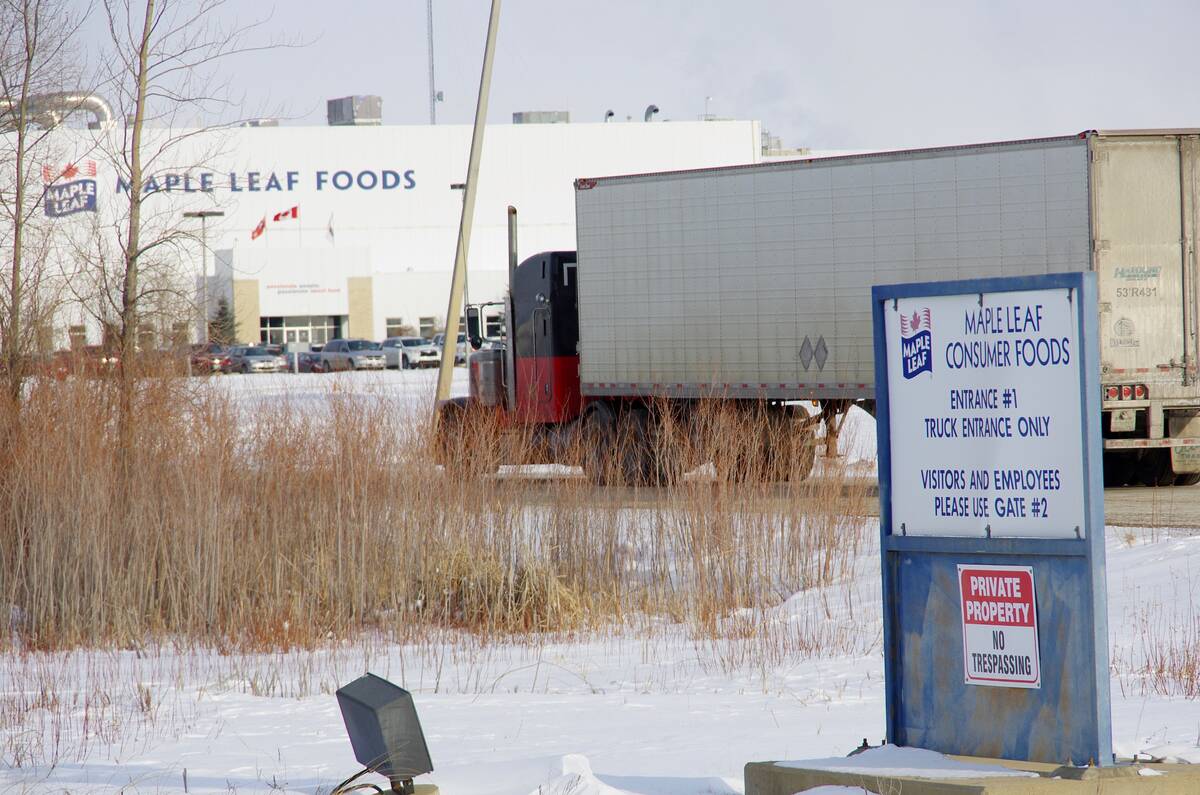A lot of bins are empty on the Prairies this harvest, but the ones that are filled contain good quality crops.
“As someone said, our crops are really good, we just wish there was more of them,” said Terry Karwandy, an agricultural economist who compiles and analyzes the weekly crop reports for Saskatchewan Agriculture.
All three provinces report that harvest is mainly complete this week for traditional crops, with some specialty crops still out. Crops matured earlier than usual due to hot, dry conditions.
Green seed in canola and second growth in cereals in northwestern Alberta are delaying harvest, said Chuanliang Su, crop statistician with Alberta Agriculture. Hardest hit by drought was the southeastern corner around Medicine Hat, as were communities over the border in Saskatchewan near Maple Creek.
Read Also

Manitoba pork exports gain new market ground
Manitoba’s pork trade pivoted from China over the last five years, while Japan is remains the largest customer and South Korea and Mexico market footholds have grown
Grades are consistently high, but they may drop for crops still out.
Alberta yields are generally below average. The exception is the Peace River region, where canola will likely produce above-average yields.
Karwandy said the Saskatchewan harvest went smoothly with few weather delays. A highly unusual fall hailstorm hit near Consul last week, damaging crops.
There are still flax, canaryseed, chickpeas and sunflowers left to harvest, she said.
Eighty-six percent of crops are expected to grade No. 1. The 10-year-average hovers around 51 percent.
Karwandy said Saskatchewan yields are 10 to 40 percent of normal. Southwestern and west-central regions report yields at half of normal.
Manitoba had an abundance of moisture through mid-summer, when the taps turned off, said Robert Park of Manitoba Agriculture at Carman. Average yields are expected for cereals, with below average ones for canola.
“Dealing with excess moisture is always better than not having enough,” Park said.
Dry dugouts, poor hay crops and earlier sell-offs of livestock are reported across the Prairies.
Inadequate moisture was a big problem for Alberta livestock producers and irrigators everywhere, except in the Peace and some northwestern regions, Su said.
Forage production is down and feed prices up in Alberta, he said.
“Cereal straw is a hot commodity.”
Pastures are also finishing up in poor shape in Manitoba, Park said.
“Cattle are coming off pastures early and supplemental feeding is going on.”
First, second and third cut alfalfa crops were reported to be good in Manitoba due to excess moisture.
Cereal crops were variable, with good yields from ideal growing conditions in the southwestern and northwestern regions to yields well below average in the eastern and Interlake zones.
Sunflowers are in excellent shape and are now being harvested, he said. Corn crops, expected to be excellent, will begin in October.
Sclerotinia, fusarium and diamondback moths were among concerns for farmers.
Sclerotinia settled into areas of northwestern and southwestern Manitoba that are unfamiliar with such problems.
Grasshoppers and diamondback moths affected most of Alberta.
In Saskatchewan, diamondback moths bothered canola in the east, while armyworms and grasshoppers plagued farmers in the west. Flea beetles were also a concern in canola and mustard crops.
Fungus diseases like ascochyta blight hit harder than expected. Fusarium downgraded crop qualities in the Carnduff area.
Fall work seems to be on hold in Saskatchewan due to lack of moisture, said Karwandy, noting that could mean fewer plantings of fall rye and winter wheat this year.
Statistics Canada is expected to release its crop summaries late this week.














